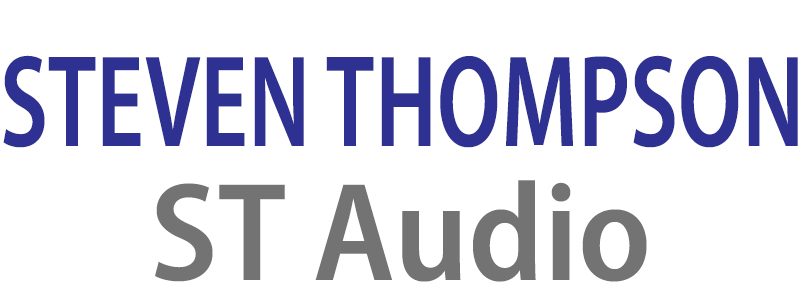In a fairly small hall holding around 100 seated and with a broadband reverberation time of around 0.85 seconds, three loudspeaker systems were compared. The following audio was recorded with a stereo microphone from the position shown in the photograph, so that subjective speech intelligibility judgements could be made.
Notes:
The position of the microphone (and the photo’s prospective) was around 2/3 of the way back into the hall (and 10m from the loudspeakers)
Each of the loudspeaker’s gains were calibrated to a consistent broadband sound pressure level using pink noise and a dBSPL meter.
Although you see the sub woofers underneath both the Mackie SRM450v3 and the d&b Y7P, these were bypassed and were merely there to provide a distance rod on which to set the point source loudspeakers at the same vertical height.
Conclusion
In a hall of this size and architectural acoustic character, the matter of speech intelligibility is not greatly critical. It does not require a highly engineered system in order to achieve fair speech clarity, (which is corroborated by acceptable %ALcons, Speech Transmission Index and C50 speech intelligibility measurements also made at the same time).
Interestingly, using a single (mono) instance of the Mackie SRM450v3 scored better for speech intelligibility (and was notably better defined), compared to using a left right pair. The same improvement was realised by using a single instance of the d&b Y7P loudspeaker over a pair, in terms of speech clarity. While the full reasoning for this is beyond the scope of this short article, it’s hypothesised that it has a lot to do with this being a narrow hall (<10m wide);
– With increased reverberation resulting from the use of two displaced (left – right) loudspeakers,
– And with a great deal of the acoustic crossover taking place in the cancellation zone of the phase cycle when two left – right loudspeakers are used.
